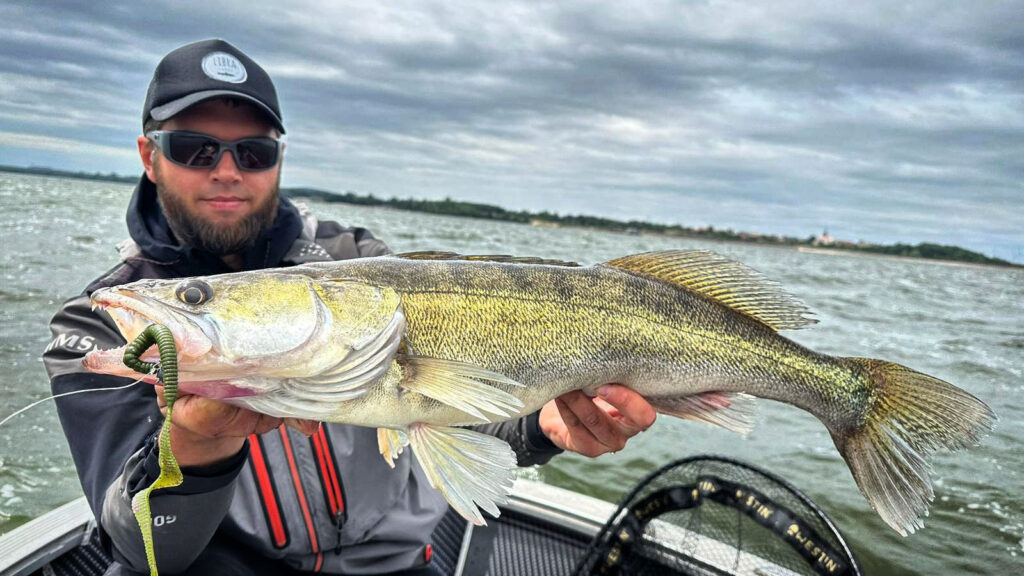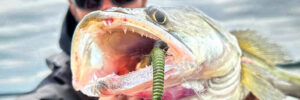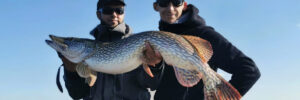Adapting angling techniques to summer conditions
The vacation period, which usually begins in early July, is, on the one hand, a convenient time to increase the frequency of outings, but on the other hand, the prevailing low water levels and tropical heat discourage predators from feeding. However, it’s worth trying at different, often unconventional times because the warm water still necessitates feeding for our ectothermic friends.
Just as we suffer from the hot weather, predators are often lethargic and unwilling to cooperate with us. That’s when lures come to our aid, allowing for long presentations and a wide range of generated vibrations. Additionally, fish often consume relatively small amounts of food. There is plenty of small prey in the water, so it’s natural for predators to treat them as easily accessible sources of calories.
With changing weather and the overall warming climate, many natural processes are accelerating. As a result, the summer molting of crayfish can occur earlier and earlier.
In these conditions, lures from the Bass Series fit in perfectly. Although each of them is a variation of a “worm” lure, their diverse construction, underwater behavior, and possibilities for rigging allow anglers to adapt to various situations by the water. From classic drop-offs to drop shots and many rigging options popular overseas, such as Texas or Carolina rig.
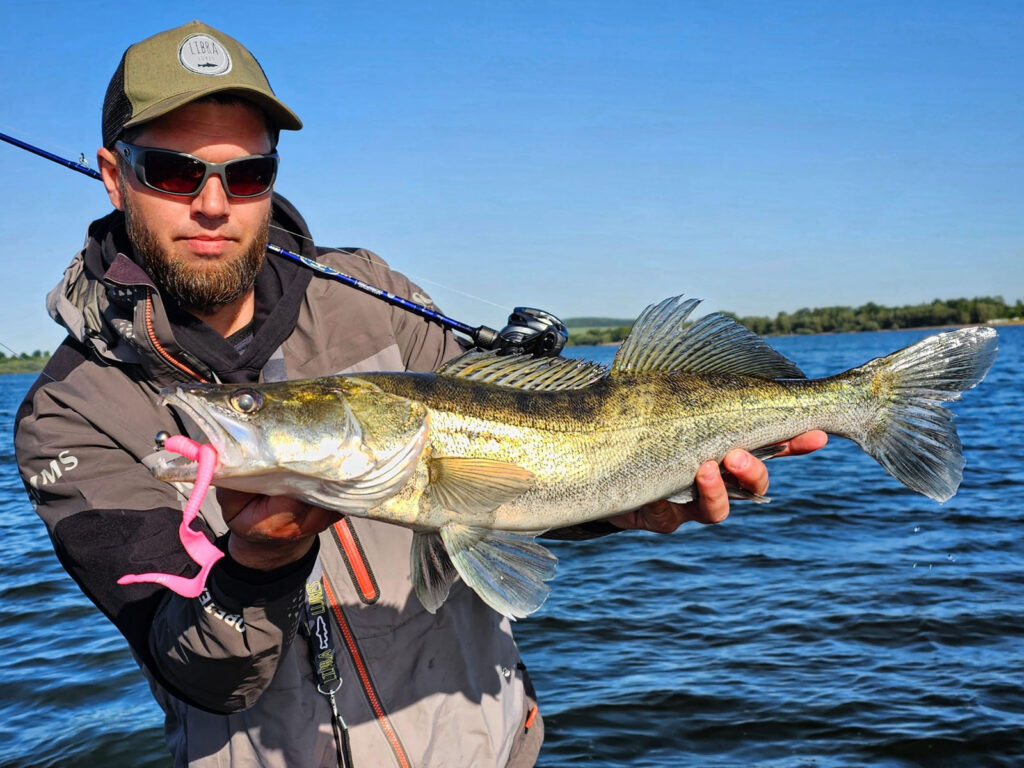
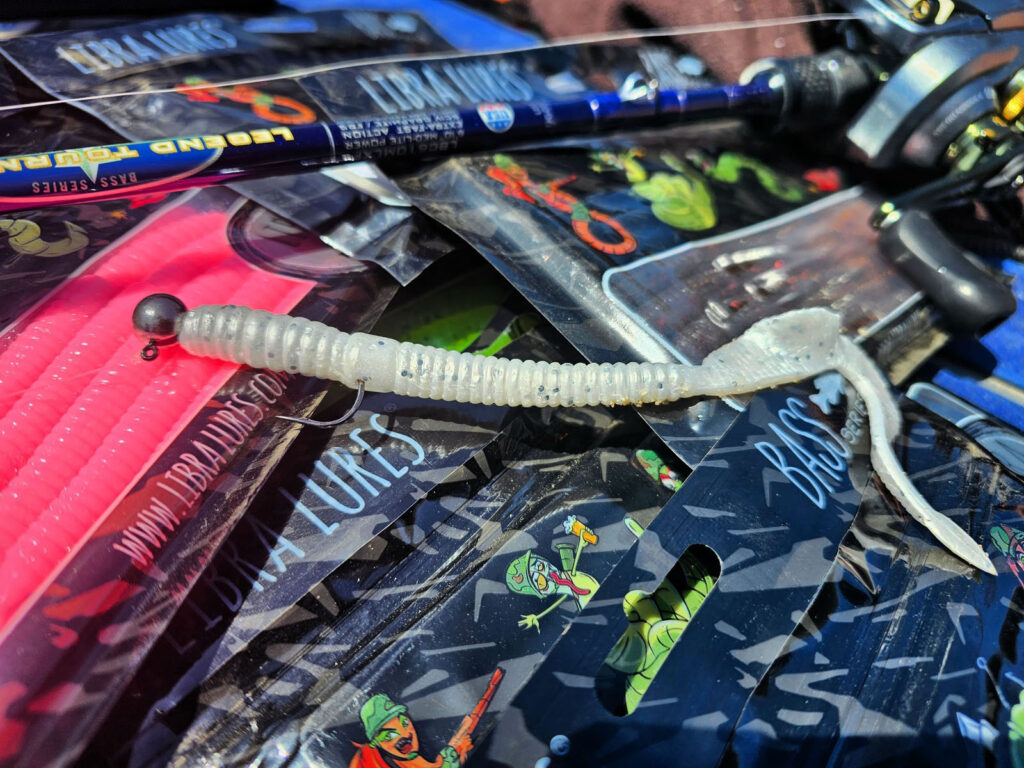
Set the worm free
It’s worth remembering that all lures, like trout lures, are made from floating material. Anglers should definitely take advantage of this. How? Primarily by using rigging that minimally restricts the movement of the lure. So, let’s not opt for excessively long hooks (most strikes occur from the head side anyway) and, if possible, use offset hooks. Such articulated connections allow the lure to make additional movements independent of the angler. They work great during the “dragging” technique. Fish that chase food near the bottom (e.g., fleeing crayfish) often attack lures that move in small hops near the bottom or even slide along its surface. Not only pikeperch but also zander and, surprisingly to many, even pike feed on crayfish! Simply put, the articulated presentation of a worm will seductively rise above the bottom, attracting fish, while the weight rests on the “floor.” Even the Bass Fat Boy Wacky Worm, presented on the still relatively unpopular “wacky rig” system here, will respond beautifully to each twitch of the rod tip.
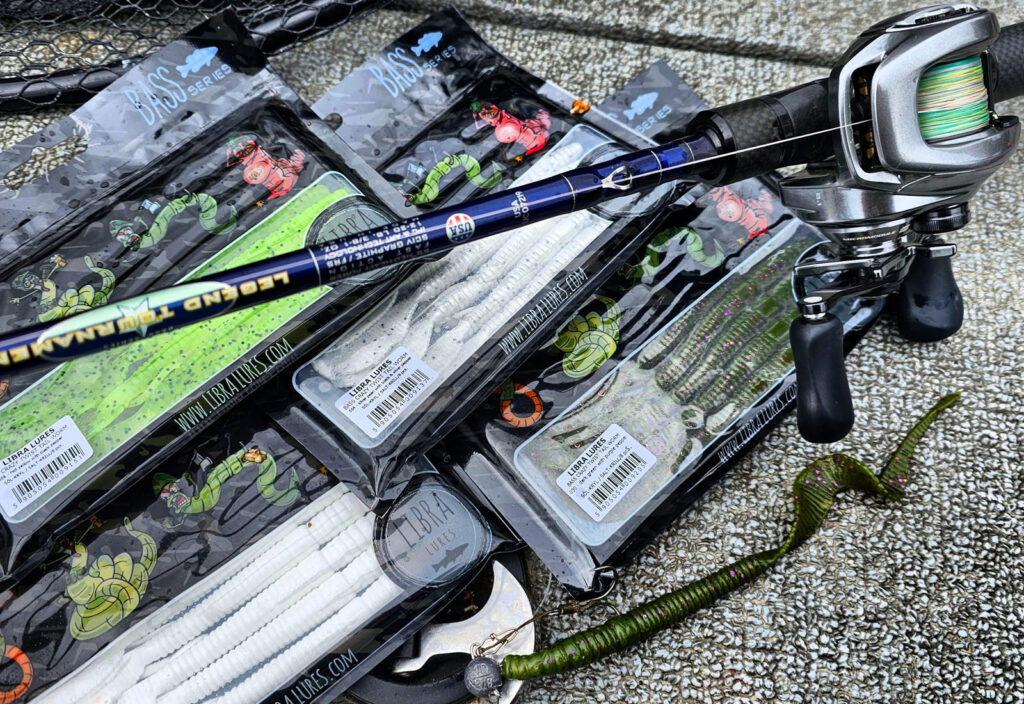
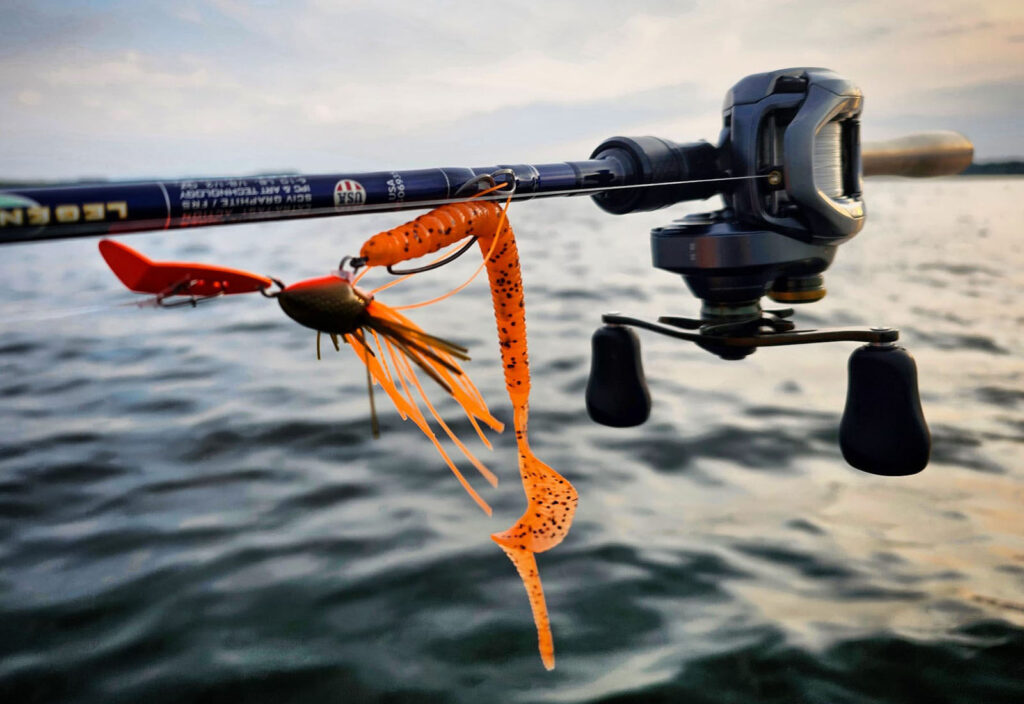
The power of seasoning
Let’s not forget that the entire Bass series is not only made from a floating material but also flavored and… salted! No, it’s not a whim or a marketing ploy. Salt, which enhances the attractiveness of lures, has been used in their production for a long time. However, it is a complex process and not easy to achieve, which is why few brands have been able to boast lures with this additive. Libra Lures guarantees quality, innovation, and above-average effectiveness with their lures. And that’s not all, because the Predator series is coming by leaps and bounds… stay tuned.. 😉
